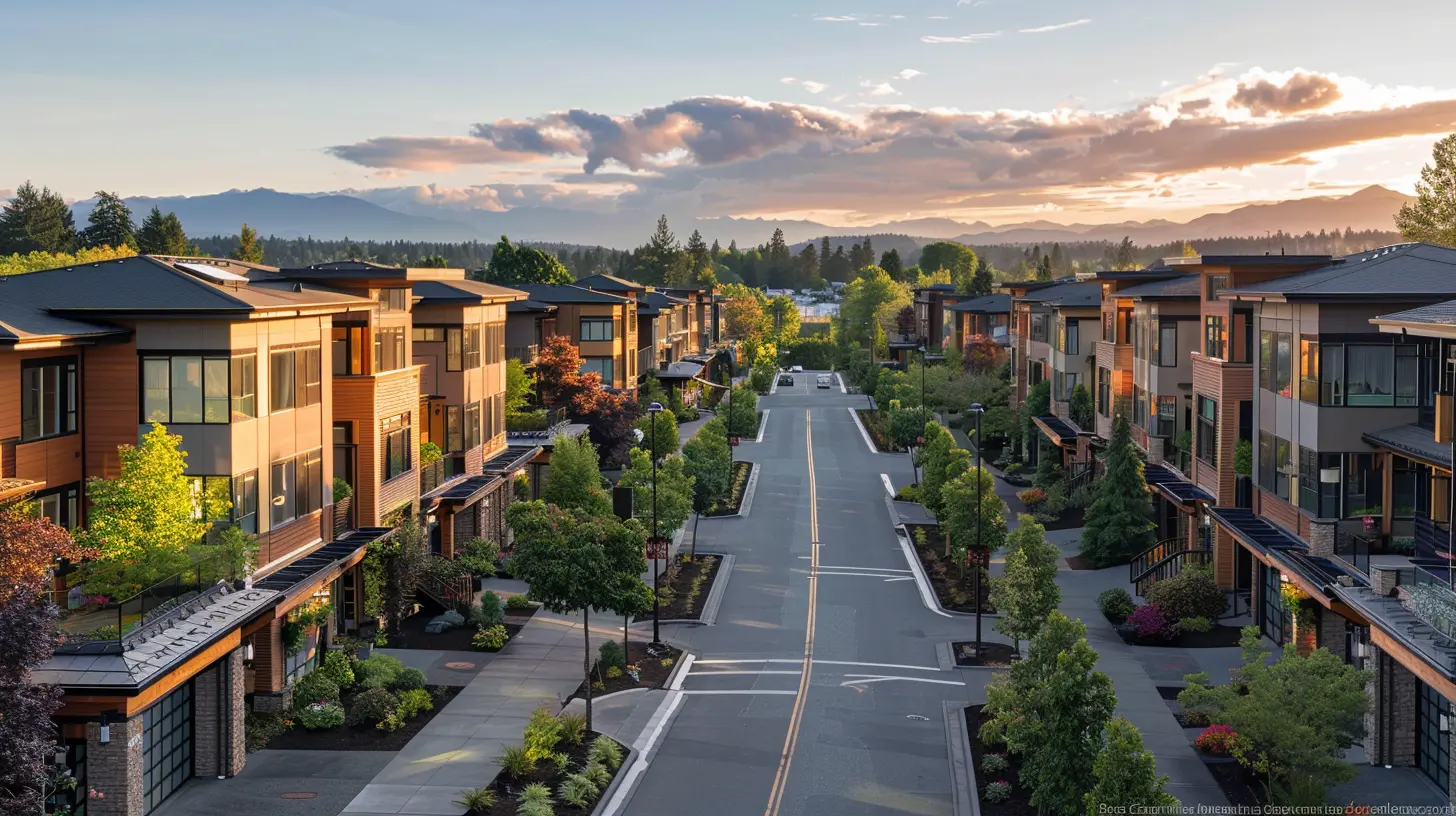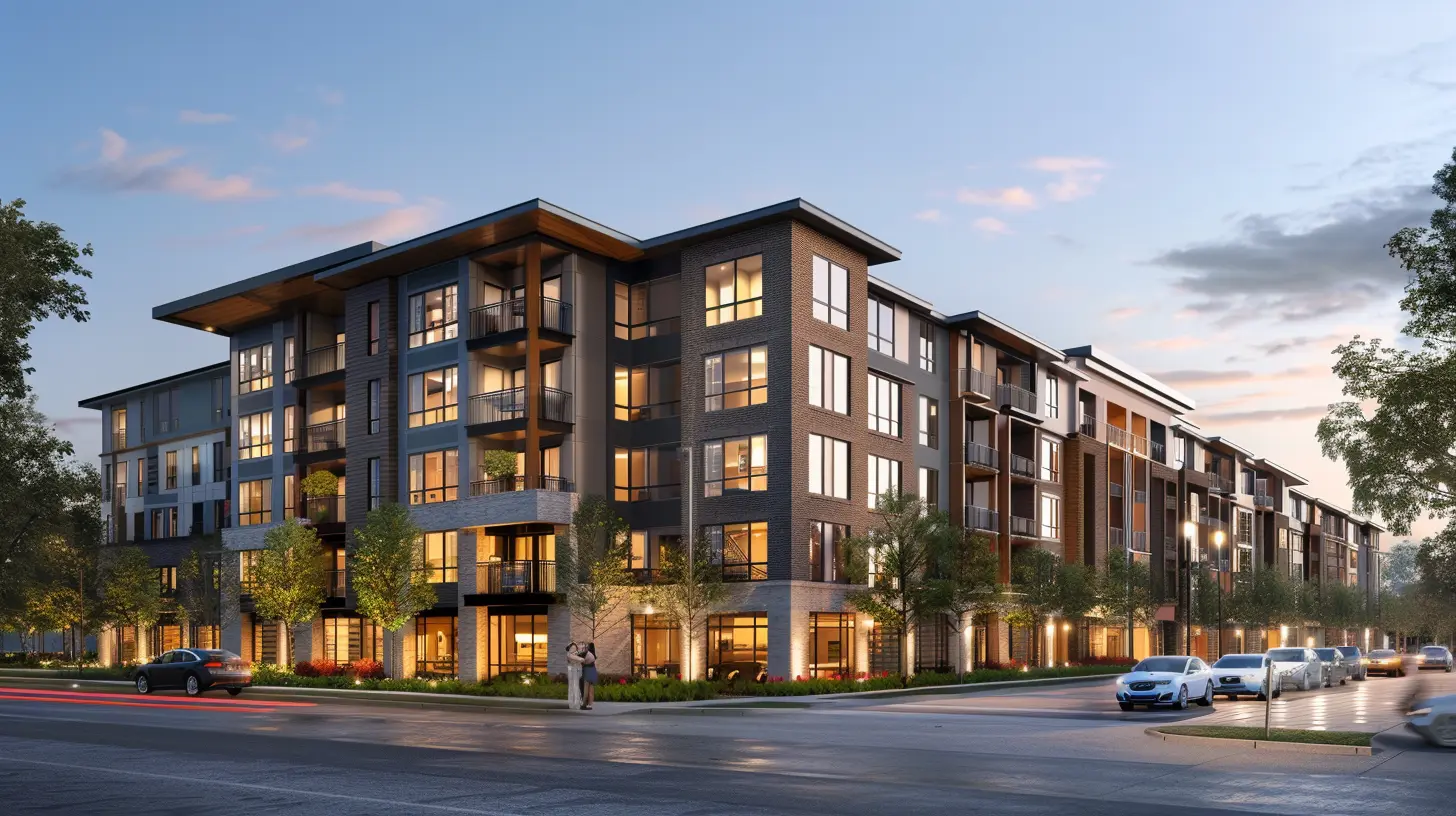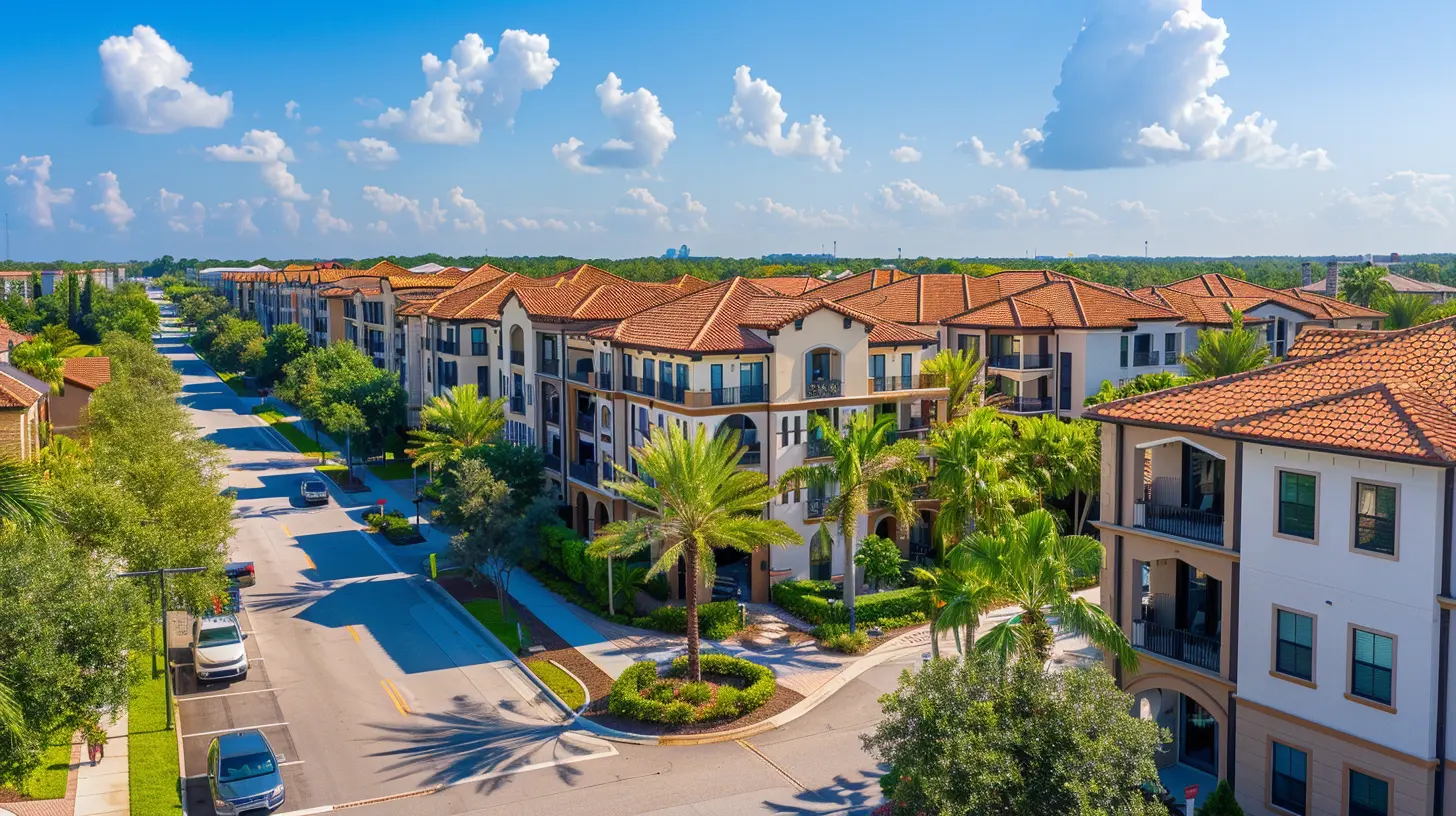The Risks and Rewards of Investing in Mixed-Use Multifamily Properties
15 November 2025
When it comes to real estate investing, there’s a sweet spot between residential and commercial properties—mixed-use multifamily properties. These hybrid investments blend residential units with retail, office, or entertainment spaces, creating a unique opportunity for investors. Sounds like a dream, right? Well, not so fast. Like any investment, mixed-use multifamily properties come with both risks and rewards.
So, grab a coffee (or something stronger), and let’s dive into the nitty-gritty of whether this type of real estate venture is worth your time and money. 
What Exactly Are Mixed-Use Multifamily Properties?
Before we get ahead of ourselves, let's break it down. Mixed-use multifamily properties combine residential living spaces with commercial components. Think of an apartment building where the ground floor houses a boutique coffee shop, a yoga studio, or even a tech startup.These properties can range from small duplexes with a built-in storefront to massive urban developments with shopping centers and office spaces. They bring convenience to residents, attract foot traffic for businesses, and—when done right—can be a goldmine for investors.
But, and it’s a big but, there’s a lot to consider before taking the plunge. Let’s get into the juicy details. 
The Rewards of Investing in Mixed-Use Multifamily Properties
1. Diversified Income Streams
One of the biggest perks? You’re not relying on just one form of income.With a traditional apartment building, your cash flow depends solely on tenants paying rent. If half the units are vacant for a few months, your pockets feel the pain. But with a mixed-use space, you’re collecting rent from both residential tenants and commercial businesses. If one income stream slows down, the other might keep your investment afloat.
Think of it like having a second engine on an airplane—if one goes out, you’ve still got another keeping you in the air.
2. Higher Property Value and Appreciation
Mixed-use properties often sit in prime locations, making them highly desirable. If you snag a building in a thriving area, demand will likely drive appreciation over time. This means that, even if short-term cash flow has ups and downs, your property’s value will likely increase in the long run.It’s like buying a stock in a booming industry—you play the long game, and the rewards can be significant.
3. Attractive Financing Options
Believe it or not, lenders often view mixed-use properties as safer bets. Why? Again, it goes back to diversified income. With multiple tenants and business types under one roof, lenders see a lower risk of complete income loss.Some banks even offer favorable loan terms for mixed-use developments, giving you additional flexibility in financing your dream project.
4. Strong Demand in Urban Areas
In bustling cities, convenience is king. People love living where they can grab a coffee downstairs, hit the gym next door, and maybe even work in an office upstairs. Mixed-use spaces can become coveted locations, drawing in both residential renters and commercial tenants.If you invest in the right market, you could find yourself with an extremely low vacancy rate—and a steady stream of income. 
The Risks of Investing in Mixed-Use Multifamily Properties
Alright, now that we’ve hyped up the rewards, let’s pump the brakes and talk about the risks. Because, let’s be honest—nothing in real estate (or life) is a guaranteed win.1. Complex Zoning Laws and Regulations
Mixed-use properties aren’t as straightforward as single-use buildings. Different zoning laws apply to residential and commercial spaces, and navigating these regulations can feel like trying to read a map while blindfolded.Before diving in, you’ll need to check local zoning laws, building codes, and business permit requirements. If you skip this step, you might find yourself stuck in costly legal roadblocks.
2. Residential vs. Commercial Tenant Issues
Managing mixed-use properties isn’t the same as being a traditional landlord. You’re dealing with both residential tenants (who want peace and quiet) and commercial tenants (who might blast music during business hours).Balancing these competing needs can be tricky. Residential tenants might complain about noise or heavy foot traffic from businesses, while commercial tenants might struggle if building rules feel too restrictive.
It’s like trying to host a party in your living room while your roommate is studying for finals—it takes some serious negotiating skills to keep everyone happy.
3. Difficulty in Finding Tenants
Unlike standard apartment buildings, filling vacancies in mixed-use properties can be more challenging.If you’re in an area with low foot traffic, businesses may be hesitant to rent commercial spaces. And let’s not forget—business tenants often require longer leases than residential tenants, meaning a single vacancy can leave a financial hole for months (or even years).
This makes market research absolutely essential. If you don’t do your homework, you could end up with empty storefronts and dwindling profits.
4. Higher Maintenance and Operating Costs
More spaces mean more upkeep. Not only do you have to maintain apartments, but you also need to handle storefronts, office spaces, and common areas.Commercial spaces typically have higher maintenance needs compared to residential units. Think about parking lots, HVAC systems, and storefront facades—all requiring ongoing investments.
On top of that, mixed-use properties often require specialized property management. Hiring a professional to manage both residential and business tenants adds another cost to your plate. 
Is a Mixed-Use Multifamily Property Right for You?
By now, you’re either excited about the potential or cautiously backing away. And that’s understandable.Mixed-use properties can be an incredible investment if you:
✅ Enjoy handling multiple types of tenants
✅ Love the idea of diversified income streams
✅ Are willing to navigate the complexities of zoning laws
✅ Have the patience for longer lease negotiations
But these properties may not be the best fit if you:
❌ Prefer a straightforward residential investment
❌ Don’t want to deal with the hassle of commercial tenants
❌ Need a low-maintenance rental property
At the end of the day, real estate investing isn’t a one-size-fits-all game. If you’re willing to dive into the research, crunch the numbers, and manage the moving parts, mixed-use multifamily properties can be a goldmine. But if you prefer a simpler investment strategy, there are plenty of other fish in the real estate sea.
Final Thoughts
Investing in mixed-use multifamily properties can be both thrilling and daunting. The rewards—diversified income, increased property value, and strong demand—make them an attractive option. But don’t forget about the risks—zoning headaches, tenant conflicts, and higher costs.Like any investment, the key is doing your homework. If you go in with a solid strategy and a willingness to adapt, you could find yourself sitting on a real estate jackpot. So, are you ready to take the plunge? Or is this one investment you’d rather pass up? Either way, now you’ve got the inside scoop.
all images in this post were generated using AI tools
Category:
Multifamily PropertiesAuthor:

Vincent Clayton

